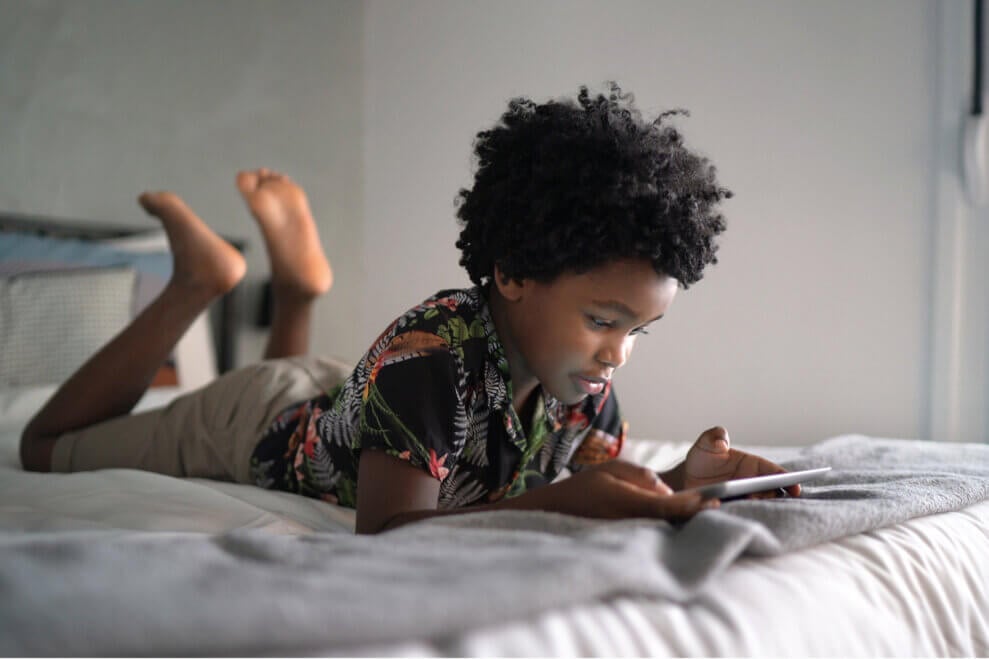
What to do about your family’s screen time
There’s no question that children growing up today are exposed to many different forms of screen time—from watching TV to playing video games and using computers, tablets, and phones—for hours per day. And there’s no doubt that it can have a negative impact on children and adolescents. But how much is too much? And what can parents do about it?
How much screen time should a child have?
The Canadian Paediatric Society recommends [PDF]:
- No screen time for children under two years old
- Less than one hour a day for children aged two to five years old
- Less than two hours a day for children older than five
But most parents know that using control often doesn’t work and can usually lead to ugly power struggles with our kids. Telling them that they can’t have screen time is not realistic when we all have busy lives or are trying to work from home.
So what can a parent do about screen time? What works?
According to Stanford professor B.J. Fogg, it’s possible to change our lifestyle habits with incredibly small tweaks to our daily routines. But the trick is to think “easy.” When we focus on making small, simple, but meaningful changes, they’re much more sustainable. And even if they’re miniscule, you can count on them to have a positive impact.
Once you’ve thought of an easy, small change, it’s also important to pick a time and place you’ll do it each day, and finally, celebrate your small success.
Here’s an example you could try right away:
Grayscale the home screen each morning
According to this article, using grayscale on your home screen can help curb screen addiction. By stripping away all the neuron-stimulating colours on your child’s phone or tablet, they’ll be less motivated to constantly check it for notifications or open up apps. It’s one tiny change that can eventually turn into a new habit. Less checking of notifications = a little less screen time. But because your child might not want their home screen to be grayscale forever, pick an amount of time to leave it that way each day. For example, before you head to school, the screens get turned into grayscale until they get home again.
Once you’ve made any type of change, it’s also important to celebrate your success. Whether it’s positive self-talk, a little note in their lunch bag, or even a high five, celebrating helps make you feel good. And when you tell your brain that it feels good, you’re more likely to keep doing it.
How do I limit my child’s screen time?
Here are a few other easy habits you could try out:
- Turn screens off at least one hour before bed
- Make screens off-limits during mealtime
- When you walk in the door, make a rule that devices have to be plugged in (or put in a set location)
- Do a family detox for 15 minutes at the same time each day—and try focusing on physical activity during that time instead
- Have screen-free mornings (or afternoons)
- Every time you go to the bathroom, the screen gets plugged in and put away for 10 minutes
What has worked for your family? Let us know in the comments! And if you’d like to know more about easy habits, check out this page.



